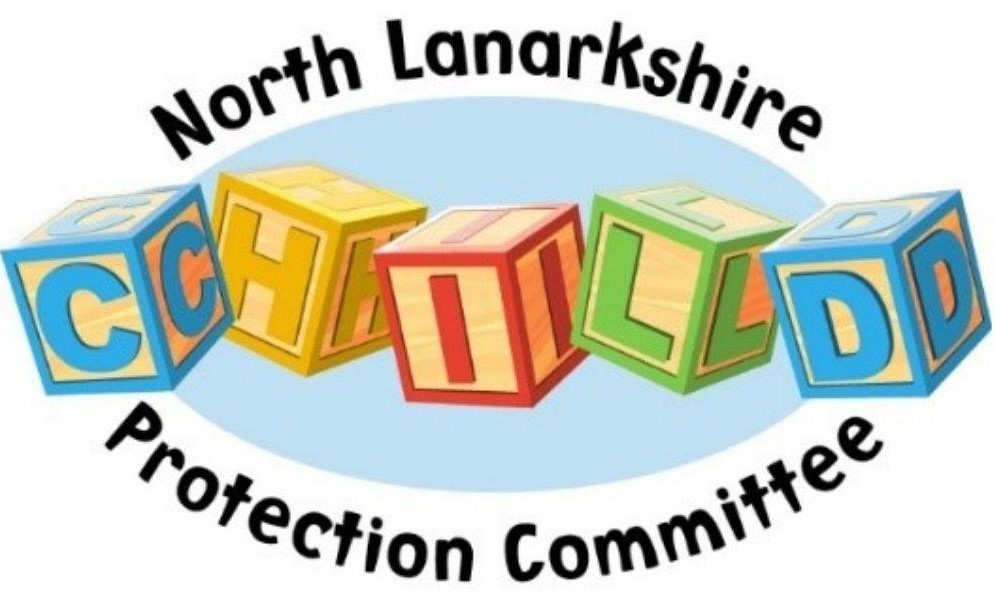What is child protection?

Child protection refers to the processes involved in gathering and assessing and planning what action may be necessary where there are concerns that a child may be at risk of harm. Child protection procedures should be initiated when police, social work or health professionals determine that a child may have been abused or may be at risk of significant harm.
The child protection process involves –
- immediate action, if necessary, to prevent significant harm to a child
- inter-agency investigation about the occurrence or probability of abuse or neglect, or of a criminal offence against a child. Investigation must extend to other children affected by the same risks or who are part of the same household as the child who is the subject of a referral
- assessment and action to address the interaction of behaviour, relationships and conditions that may, in combination, cause or accelerate risk
- focus within assessment, planning and action upon listening to each child’s voice and recognising their experience, needs and feelings
- collaboration between agencies and persistent efforts to work in partnership with parents in planning and action to prevent harm or reduce risk of harm
- recognition and support for the strengths, relationships and skills within the child and their world in order to form a plan that reduces risk and builds resilience
Children who are subject to child protection processes may already be known to services and have a child’s plan in place. Child protection processes should build on existing knowledge, strengths in planning and partnership to reduce the risk of harm and to meet the child’s needs. The level of risk a child is exposed to can change quickly as circumstances change or new information emerges.

